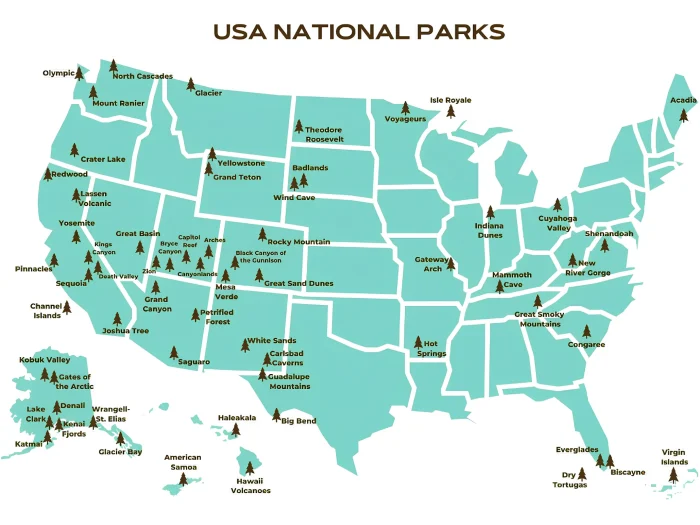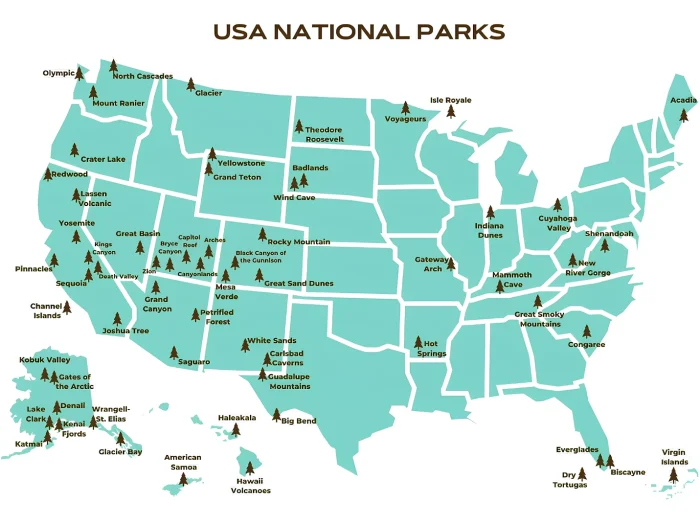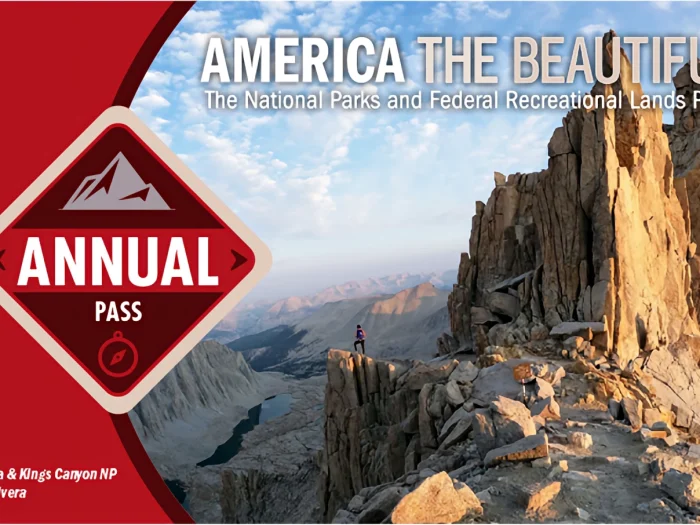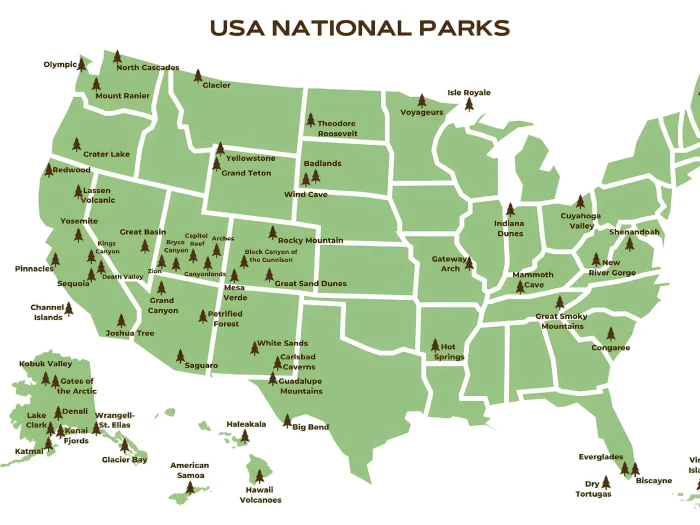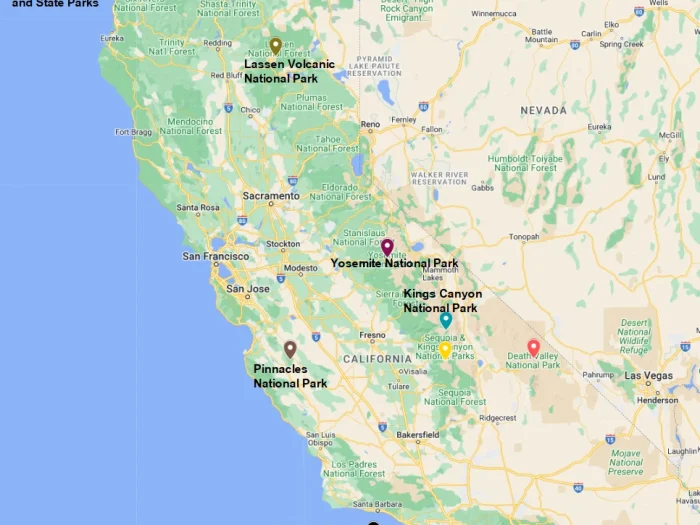How National Parks are Useful for Students
National parks provide a valuable asset for enriching student learning, supplying distinctive chances for hands-on learning that supplements classroom understanding. These natural preserves not only bolster the curriculum with tangible illustrations but also cultivate a sense of ecological responsibility among students. This article examines the various benefits national parks provide to student learning and personal development.
Educational Enrichment through Natural Parks
National parks function as vibrant, outdoor learning environments, offering national parks information for students that is both compelling and educational. By involving students in various habitats and historical locations, these parks enrich education in disciplines like environmental science, biology, geography, and history, transforming education into a palpable and unforgettable journey.
Interactive Learning Experiences
National parks provide a variety of national parks activities for students that promote interactive learning and discovery.
From conducting water quality assessments in rivers to staging historical portrayals at historical locations, students can participate in cross-disciplinary education thatnurtures stronger bonds with their academic pursuits.
Promoting Environmental Stewardship
Understanding the importance of national parks goes beyond academic achievement; it also involves nurturing a commitment to protecting natural and cultural resources. Educational programs within these parks emphasize conservation, helping students develop a lifelong dedication to environmental preservation.
Supporting Holistic Development
National parks offer more than just academic benefits; they support the holistic development of students by fostering critical thinking, leadership skills, and emotional well-being.
Enhancing Critical Thinking and Leadership
Activities in national parks challenge students to think on their feet and lead. Solving real-world problems, like planning sustainable paths or leading conservation efforts, hones decision-making and team coordination. Such experiences reveal why leadership is crucial, impacting team success in sports and other fields. Students learn the value of guiding peers towards common objectives, showcasing leadership’s role in collective achievements.
Emotional Well-being and Physical Health
The tranquility of national parks offers a respite for students, aiding in stress relief and mental clarity. Engaging in outdoor activities boosts physical health and emotional balance. Hiking, biking, or simply being in nature reduces academic pressure, enhancing both mood and fitness. This balance of mental relaxation and physical activity in parks promotes overall well-being, illustrating the parks’ role in nurturing the mind and body.
Maximizing Educational Opportunities
To fully leverage the educational potential of national parks, students and educators must find ways to integrate these experiences with academic responsibilities.
Balancing Academics and Exploration
Finding the equilibrium between academic obligations and the enriching experiences offered by national parks for students can pose a significant challenge. However, innovative solutions exist to bridge this gap. Students, for instance, may find services that respond to write my essay today requests particularly useful. These services enable students to engage deeply with the experiential learning opportunities in national parks without compromising their academic progress. This is especially crucial during extended field trips or immersive programs that might coincide with important academic deadlines.
Furthermore, educators can develop assignments and projects that directly correspond to the national park encounter, permitting students to integrate their field observations into their academic assignments. This method not only strengthens the learning but also illustrates the real-world applications of theoretical understanding.
Choosing the Best National Parks for Learning
Choosing the most proper national parks for educational objectives necessitates prudent deliberation of the curriculum and learning aims. Beyond Yellowstone and the Grand Canyon, other parks like Yosemite, with its renowned geological benchmarks, and the Everglades, providing insight into unique ecosystems and biodiversity, also stand out for their educational provisions. Each park excels in various facets of natural and cultural heritage, offering varied educational environments.
For example, The diverse ecosystems of Acadia National Park facilitate investigations in marine life science, woodland studies, and preservation studies. Similarly, the historical sites within Gettysburg National Military Park offer immersive lessons in American history and civil rights. Determining the educational objectives of the journey can help in choosing a park that provides the most pertinent and meaningful learning encounters.
Conclusion
National parks are essential instruments for student learning, providing immersive engagements that enhance scholarly understanding and nurture individual development. By means of experiential education, ecological responsibility, and the cultivation of leadership abilities, students can acquire priceless perspectives that reach well beyond the confines of the classroom. By integrating national parks into the educational curriculum and utilizing supportive resources, educators can provide a holistic educational experience that prepares students for the challenges and opportunities of the future.



